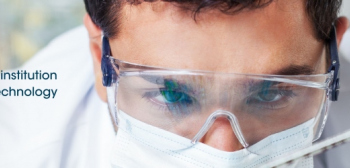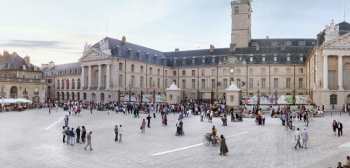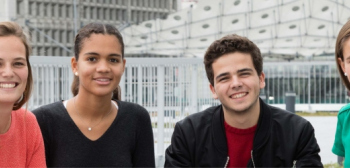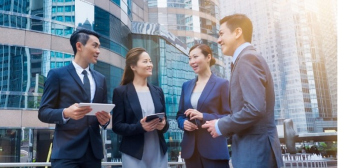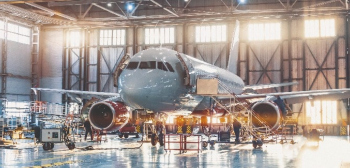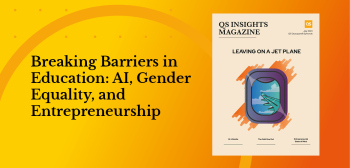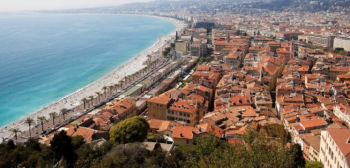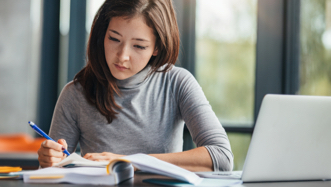洛林大学
About
Université de Lorraine (UL) is a public institution created after the merge of four universities of the Lorraine region in north-eastern France. Though the University was founded in Lorraine in 1572, the fusion that took place in 2012 created a hub of scientific advancement, economical growth and knowledge transfer.
60,000 students, 6,900 staff members, 43 teaching departments and 60 research centers make the UL one of the largest universities in the country.
Campuses are situated throughout the region, each with their own focus. UL offers curricula in all fields of knowledge. A specific focus is given to cross-talk between fields and competences, in order to help students develop individualized career paths. The Lorraine region has been shaped since the 19th century by the mining and metallurgical industries, which fostered the development of education and research in engineering and technology. During the 20th century, this concept of engineering took on a broader meaning of global engineering, i.e. the ability to design, develop, validate and implement innovative solutions to global challenges, by relying on disciplinary excellence to address the basic scientific questions, and illuminating the connections between scientific domains and current economic and social challenges. UL thus positions itself as amultidisciplinary, technological and entrepreneurial university, able todevelop comprehensive answers to the economic and societal challenges of the 21stcentury.
Another specificity is the multilingual aspect of manycurriculums, due to sharing borders with Belgium, Luxembourg and Germany. TheUL has strong ties with universities from those countries and students andfaculty members alike can take advantage of numerous exchange programs. UL alsodevelops a network of privileged, strategic partnerships with a selected numberof universities throughout the world.
About
Université de Lorraine (UL) is a public institution created after the merge of four universities of the Lorraine region in north-eastern France. Though the University was founded in Lorraine in 1572, the fusion that took place in 2012 created a hub of scientific advancement, economical growth and knowledge transfer.
60,000 students, 6,900 staff members, 43 teaching departments and 60 research centers make the UL one of the largest universities in the country.
Campuses are situated throughout the region, each with their own focus. UL offers curricula in all fields of knowledge. A specific focus is given to cross-talk between fields and competences, in order to help students develop individualized career paths. The Lorraine region has been shaped since the 19th century by the mining and metallurgical industries, which fostered the development of education and research in engineering and technology. During the 20th century, this concept of engineering took on a broader meaning of global engineering, i.e. the ability to design, develop, validate and implement innovative solutions to global challenges, by relying on disciplinary excellence to address the basic scientific questions, and illuminating the connections between scientific domains and current economic and social challenges. UL thus positions itself as amultidisciplinary, technological and entrepreneurial university, able todevelop comprehensive answers to the economic and societal challenges of the 21stcentury.
Another specificity is the multilingual aspect of manycurriculums, due to sharing borders with Belgium, Luxembourg and Germany. TheUL has strong ties with universities from those countries and students andfaculty members alike can take advantage of numerous exchange programs. UL alsodevelops a network of privileged, strategic partnerships with a selected numberof universities throughout the world.
University highlights
- 2012#401- 450
- 2014#501-550
- 2015#551-600
- 2016#651-700
- 2017#701+
- 2018#751-800
- 2019#701-750
- 2020#751-800
- 2021#801-1000
- 2022#801-1000
- 2023#801-1000
- 2024#721-730
- 2025#801-850
- 2026#751-760
Campus locations
Université de Lorraine,
34, cours Leopold , Nancy , France , 54000
Similar Universities
巴黎理工学院
Route de Saclay, Palaiseau Cedex
巴黎大学
85 boulevard Saint-Germain, Paris
Institut Paul Bocuse
1, Chemin de Calabert -, Ecully
BSB - Burgundy School of Business
29 rue Sambin, Dijon
IÉSEG管理学院,里尔-巴黎,法国
3 rue de la digue, Lille, Paris
法国北方高等商学院
24 avenue Gustave Delory, Lille
安特卫普管理学院
2, rue Robert d Arbrissel, Rabat




